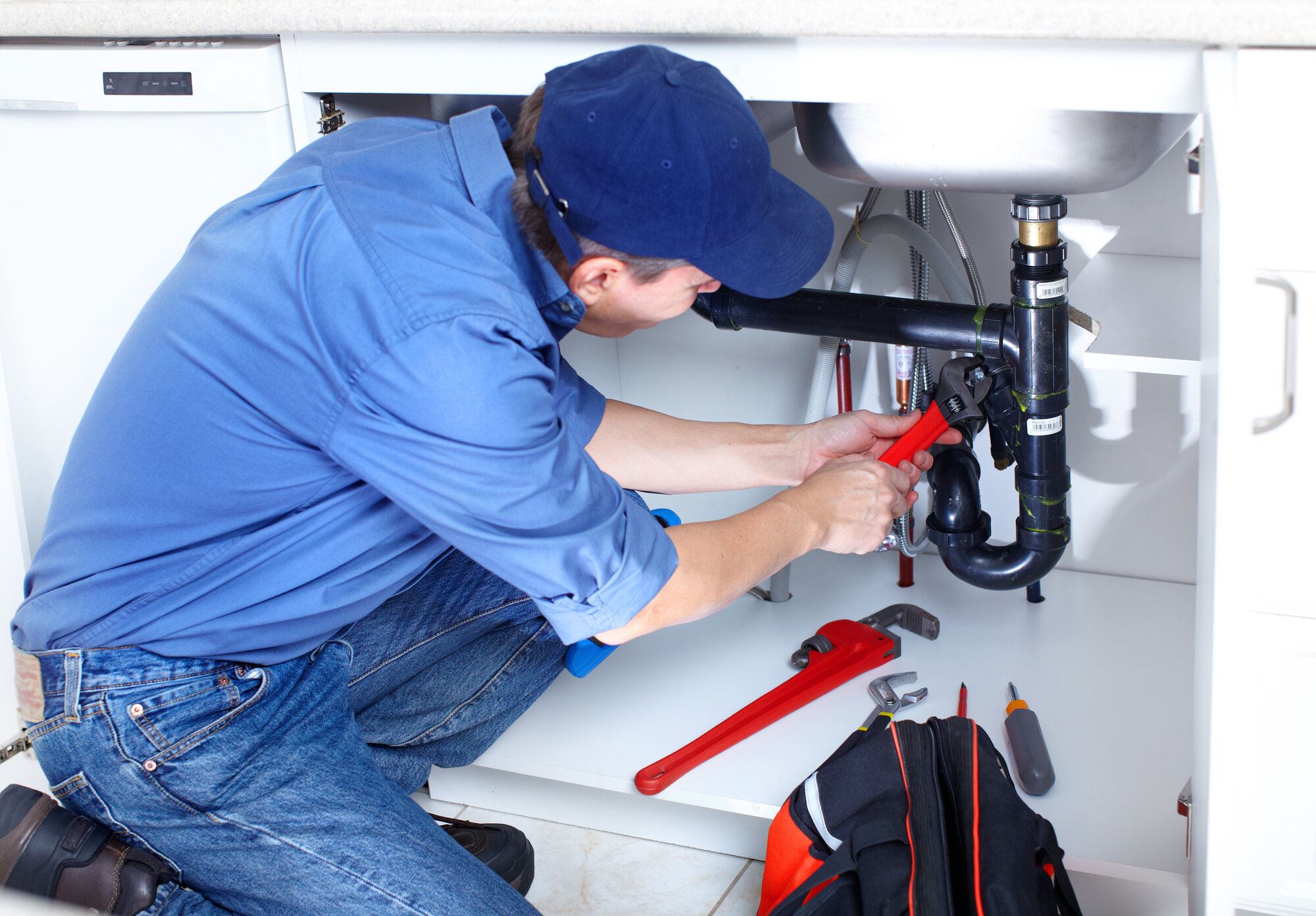Affordable Plumbing Services Alabaster AL for each Budget plan
Affordable Plumbing Services Alabaster AL for each Budget plan
Blog Article
A Detailed Guide to Reliable Water Heater Setup for Optimal Performance
Embarking on the job of mounting a water heating unit is a venture that demands precision and a methodical technique for achieving ideal efficiency. As you proceed, the details of linking water supply lines and establishing up reputable electric or gas links await, encouraging insights right into guaranteeing performance and dependability.
Selecting the Right Hot Water Heater

Following, take into consideration the size and capacity of the hot water heater. It's essential to examine your home's warm water needs, which can differ based upon the variety of owners and their usage patterns. An unit that's too tiny might cause insufficient warm water, while an oversized model may cause unnecessary energy usage.
Performance rankings likewise play an essential duty in selection. Seek water heating systems with high Energy Factor (EF) scores, showing exceptional performance and lowered energy usage. Tankless versions, though commonly more costly upfront, offer considerable power savings in time because of their on-demand home heating capabilities.
Preparing the Installation Area
Prior to setting up a new water heating system, meticulous prep work of the setup location is necessary. It's vital to measure the room meticulously to suit the water heating unit's measurements, making certain appropriate clearance around the device for efficient operation and servicing.
Check the flooring for security, as the water heater will certainly require a solid, level surface to operate successfully. If essential, set up a drip frying pan under the device to catch prospective leakages or spills, avoiding water damages to the surrounding location.
Furthermore, ensure that all required tools and materials are on hand before commencing the setup. This includes things such as wrenches, screwdrivers, a degree, and any type of additional hardware required for placing and securing the heating unit. A well-prepared setup area establishes the structure for an effective hot water heater setup, optimizing performance and safety.
Connecting Water System Lines
When linking water lines to your freshly installed water heating unit, it is critical to guarantee that all links are protected and leak-free to preserve efficient operation and protect against water damage. Begin by determining the hot and cool water lines. The cold water inlet is usually marked with a blue label or a "C", while the warm water electrical outlet is noted with a red label or an "H".
Use adaptable hot water heater adapters to facilitate a much easier installment process. These adapters can take in vibration and permit mild motion, minimizing the risk of leakages. Before connecting the connectors, place a plumbing technician's tape around the threaded ends of the hot water heater's inlet and electrical outlet pipelines - Drain Cleaning Alabaster AL. This tape works as a sealer, stopping leakages. Carefully attach the flexible hose pipes to the corresponding inlet and electrical outlet, making certain that they are not over-tightened yet tight, which can damage the threads.
Once links are in location, slowly activate the main water supply shutoff. Inspect each link for leakages by visually really feeling and examining for wetness. Tighten links as required, and make certain the pressure safety valve is properly set up, securing versus extreme pressure build-up.
Establishing Electrical or Gas Links
Properly setting up the electric or gas links for your water heater is an essential action to guarantee secure and effective operation. For electric water heating units, begin by confirming that the electric circuit is suitable click to investigate with the heating system's voltage and amperage requirements.
For gas water heaters, security is paramount. Confirm that the gas supply is off before continuing. Attach the gas line to the water heating system utilizing a versatile gas adapter, ensuring it is correctly threaded and secured with pipeline joint substance or Teflon tape appropriate for gas links. Tighten the connections with a wrench, taking treatment not to over-tighten (Plumbing Services Alabaster AL).
As soon as connections are made, examine for any kind of possible leaks. For gas lines, use a soapy water service to the joints; bubbles indicate a leakage. For electric links, verify that all circuitry is protected and effectively shielded, preserving compliance with regional electrical codes.
Checking and Readjusting for Effectiveness
With the electric and gas links firmly in location, the following action is assessing the operational efficiency of your water heating system. Begin by very carefully turning on the water supply and making certain there are no leaks at any of the shutoffs or joints.
Next, carry out a comprehensive examination to guarantee the home heating components or gas burners are operating appropriately. For electrical heating units, utilize a multimeter to confirm if the home elements are drawing the appropriate current. In gas designs, observe the heater flame; it must be blue and stable, suggesting efficient combustion.
Readjust the settings as essential to eliminate inefficiencies. Consider carrying out insulation procedures, such as including a water heating system covering, to further improve performance by decreasing warmth loss. Furthermore, examine the anode pole's condition, as a deteriorated pole can reduce efficiency and result in container deterioration.
Verdict
Effective water heating system installment is crucial for ensuring optimum efficiency and energy financial savings. Firmly linking water supply lines and meticulously setting up electrical or gas links lessen prospective issues.

Effectively establishing up the electrical or gas connections for your water heating system is a critical action to ensure secure and efficient operation. For electric water heating units, start by validating that the electric circuit is suitable with the heater's voltage and amperage demands. Attach the gas line to the water heating system utilizing an adaptable gas port, guaranteeing it is effectively threaded and secured with pipe joint click for more compound or Teflon tape appropriate for gas connections.
Report this page